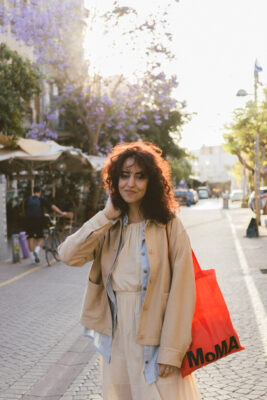Beyond Freshpaint with Art Curator Masha Malakh. Part 3: Themes & Trends
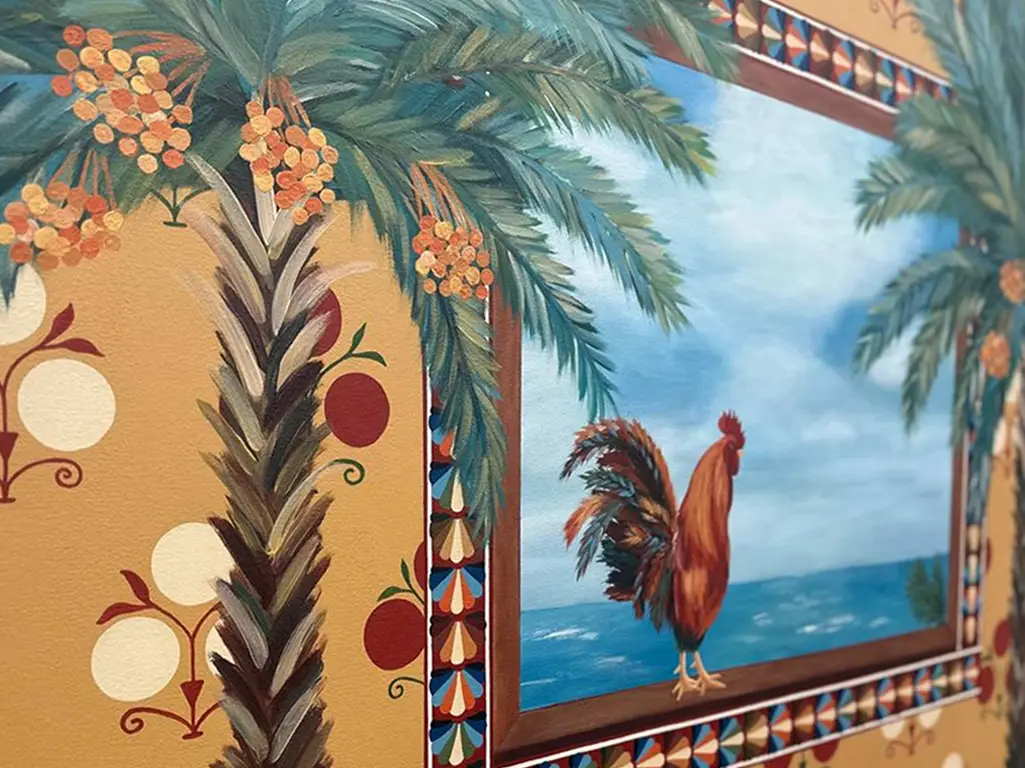
I’m Masha Malakh — art guide, curator, and tour leader at Fresh Paint. In this series in DI Catalouge Magazine, I’m sharing my observations about one of the key events of the Israeli art scene. In this third article, I want to talk about the themes and trends that stood out most vividly at this year’s fair — and which, in my opinion, reflect the broader directions contemporary art in Israel is taking.
Archive as Personal and Collective Memory
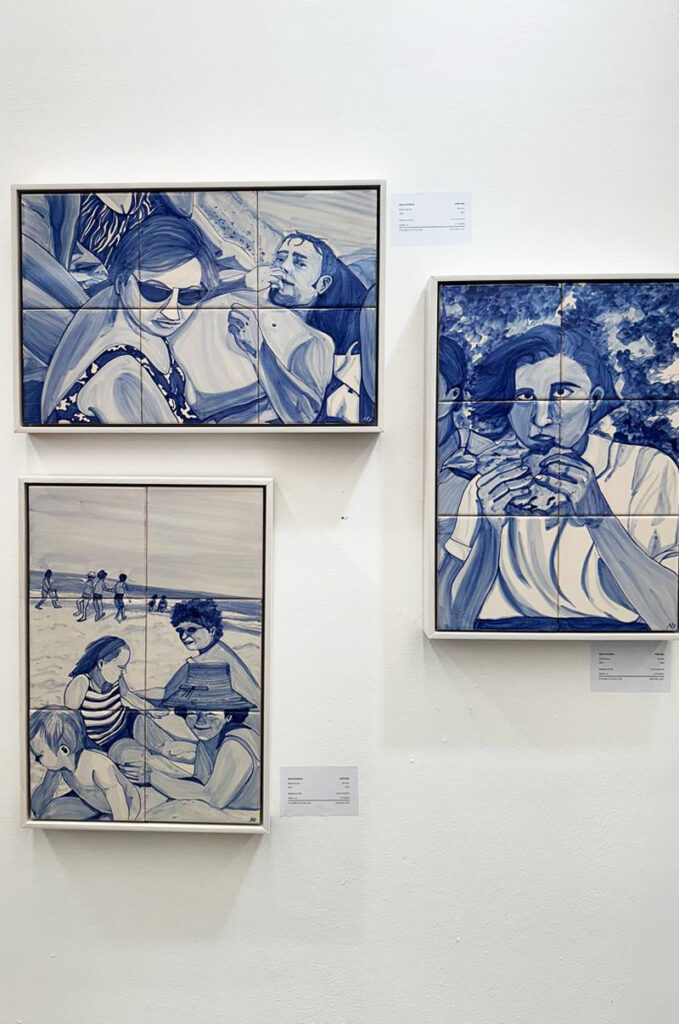
Artists are increasingly turning to the archive — not as a distant, museum-based source, but as an intimate space. Photographs, documents, and everyday traces of the past become artistic materials — ways to explore family history, national identity, and cultural roots.
- Noam Zonshine transfers archival photos of her grandparents onto ceramic tiles using the azulejo technique, creating a kind of visual archaeology of private life.
- Lian Sharkia works with documents and photographs from her grandfather, a driver for the “Egged” bus company.
- Keshet Migdal blends her own photographs with those taken by her mother in the 1990s — photomontage becomes a dialogue between generations.
It’s hard not to recall Jacquemus’ recent campaign, where the designer’s own family archive and memories became the heartbeat of a fashion narrative.
Identity
Many projects explore the question of self-definition — national, cultural, religious, gender-related. Often it’s not a fixed statement but an ongoing process.
- Daria Konshtik weaves together folklore, fairy tales, and symbols from different cultures in her ornamental paintings. Her visual language is an attempt to merge multiple identities into a single pattern — rejecting labels and celebrating multiculturalism.
- Malak Manzour explores the Druze community through journeys in the Carmel forests — as a path to self-knowledge.
- Chomi Groman, who left the ultra-Orthodox community, reflects on the rupture between her religious past and her present — a “between” state where she doesn’t fully belong to either the secular or religious world.
- Neria Sasson, who grew up in a religious environment, turns to the Bible, the teachings of Rabbi Kook, and themes of solitude, spirituality, and gender.
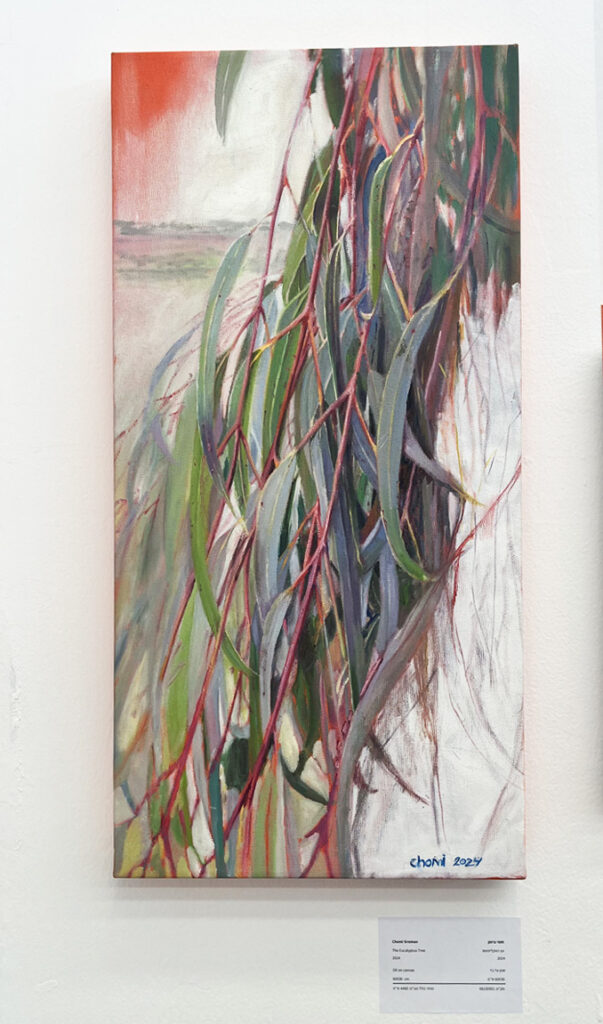
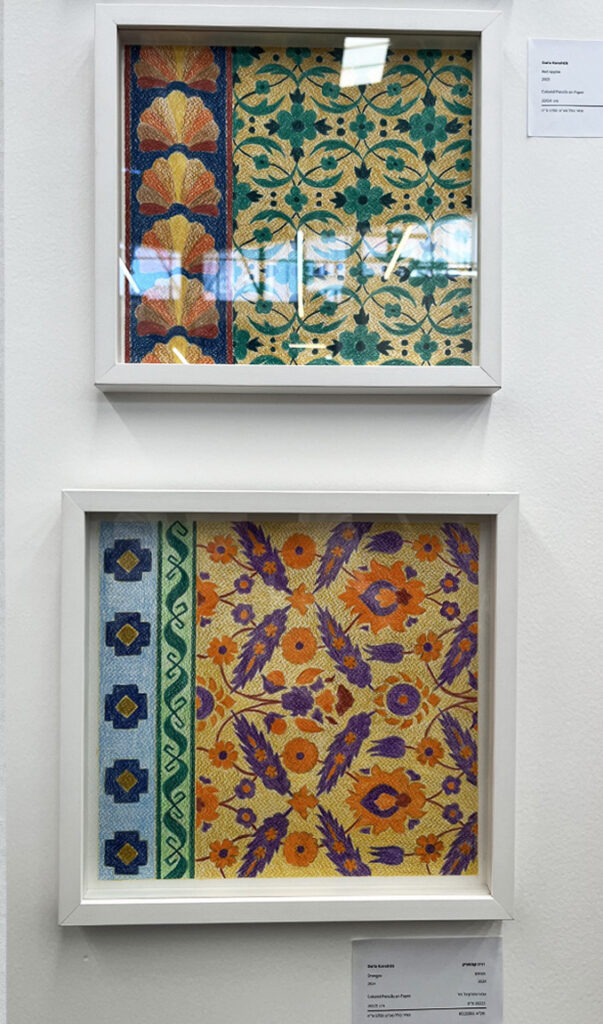
War
- In a series of delicate pastel gouaches, Noam Zonshine paints unmade beds — a quiet, almost intimate image that becomes a symbol of loneliness and anxiety. It’s a personal reflection on the period when her husband was called up for reserve duty, leaving her alone with their young child.
- May Goldstein, photographer and reservist, documents the daily life of his army unit in staged images that mix reality with elements of visual play and fantasy — almost theatrical in tone. His work holds a fragile balance between the harshness of army life and the need for imagination and lightness.
- Shoshi Zak presents a series created after October 7. Her characters — child-soldiers, toy warriors, monkeys, circus performers — live on the edge of fear and innocence. They all carry traits of the sad clown from commedia dell’arte, symbolizing vulnerability, hidden pain, and the tension between personal and collective trauma. Bright, unreal colors emphasize the fragility and illusory nature of this “performance.”
Collapses & Catastrophes
- Veronika Bernard created a mosaic from food packaging — a response to the destruction of the Kakhovka Dam in Ukraine.
- Oryan Yakobi stages imagined emergency scenarios, her simplified figures inspired by evacuation instruction graphics. The fluorescent palette recalls the bright signs pointing to “Exit” routes.
- Doron Adorian, evacuated from Kibbutz Sde Nehemia, paints landscapes based on photographs of local fires — a quiet visual archive of disaster.
New Mythologies
In times of chaos and uncertainty, artists turn to creating new myths — personal, hybrid, and fantastical.
- Ben Mashiah, working in a street art style with spray paint, presents the triptych Three Sons of Noah, based on model photography — a new visual narrative about brotherhood, conflict, and continuity.
- Ruth Feuerstein blends painting and poetry to craft an alternative mythology — bringing angels back to an empty sky, merging human and animal, infusing the sacred into the everyday.
Experiments with Photography
Photography here is less about documenting and more about transforming.
- Maya Pollak creates tapestries in traditional weaving techniques, using news and social media images as her base — fragments of collective memory turned into tactile art. Adding glitches, distortions, and vintage effects, she transforms the fleeting into something physical, worth contemplating.
- Yael Pasmanik works from random phone photos taken years earlier, focusing on reflections and distortions in glass facades.
- Natali Issahary forgoes the camera altogether — instead using light-sensitive paper, chemicals, and exposure times as her “brush.” Her works are shaped by the interaction between control and chance. Time itself becomes part of the material.
- Yael Frenkel uses unstable, time-damaged analog processes, creating fragile traces of disappearance — images that seem to slip away before the viewer’s eyes.
- Daphna Sarussi paints with light: using long exposure in near-total darkness to create still lifes inspired by classical art, where light is not just illumination but a brush.
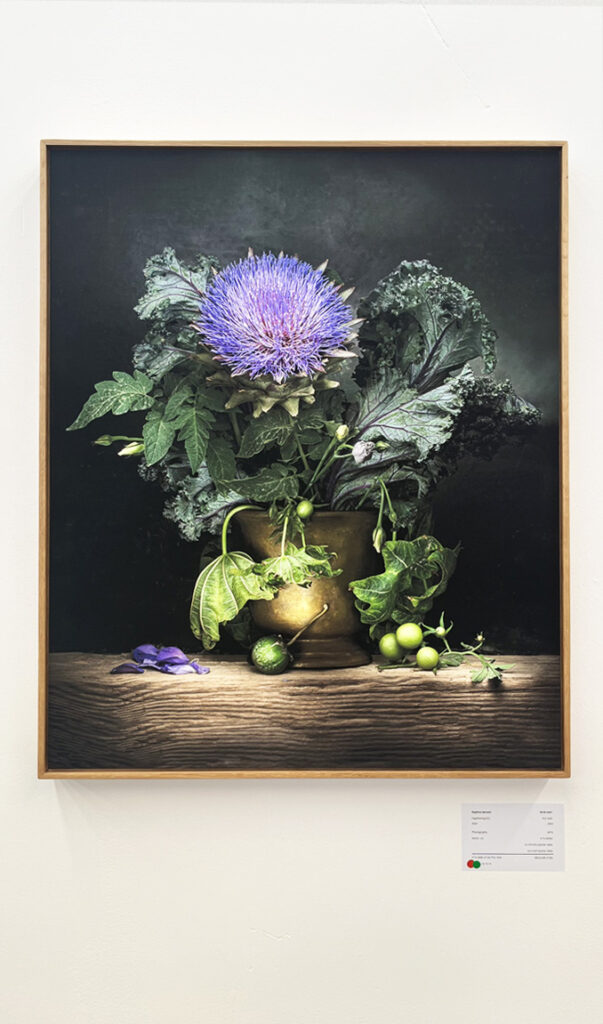
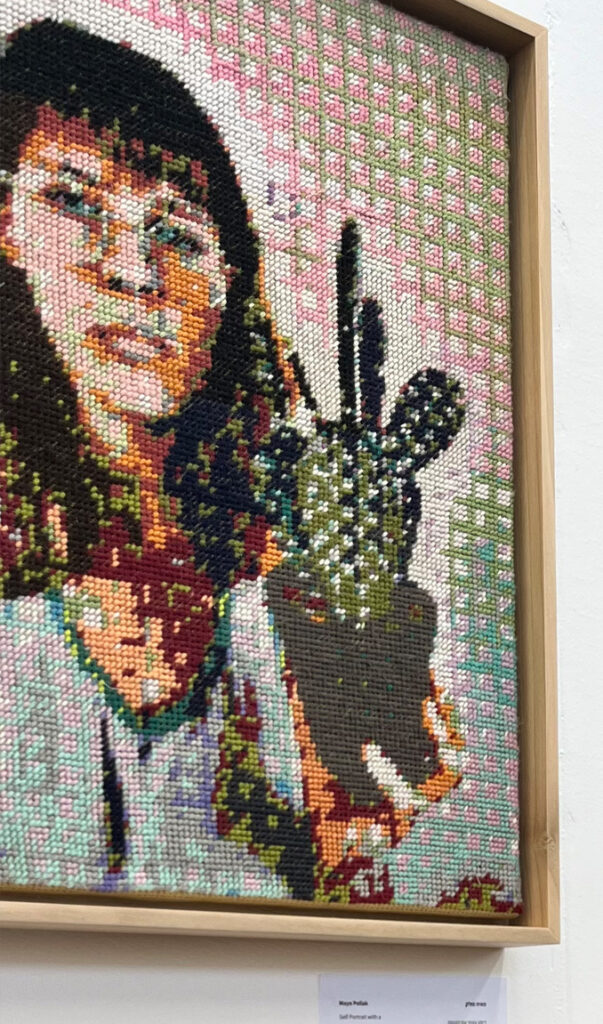
Glass in Fresh Design Pavilion
I can’t end without mentioning the design pavilion — and, in my opinion, one of its most noticeable trends this year: glass. From ancient origins in Syria and Mesopotamia to its reinvention today, glass is seeing a renaissance in Israel, thanks to Bezalel Academy’s Department of Ceramics and Glass, and studios like Speculo (Caesarea) and Olya Glass Studio (Ella Valley).
- Adam Salvi & Kame Devons explore glassblowing into laser-cut metal molds inspired by ancient clay vessels — tension between structure and freedom.
- Rosa Rachel Feuerman & Grisha Zilber examine transparency — both material and emotional — as a dialogue between love, vulnerability, and openness.
- Hodaya Ben Eliyahu’s tiny stand hides a delicate micro-world of glass wheat stalks, pine needles, bugs, and dragonflies. Many visitors thought they were seeing ornaments, until they read the name: It’s glass!
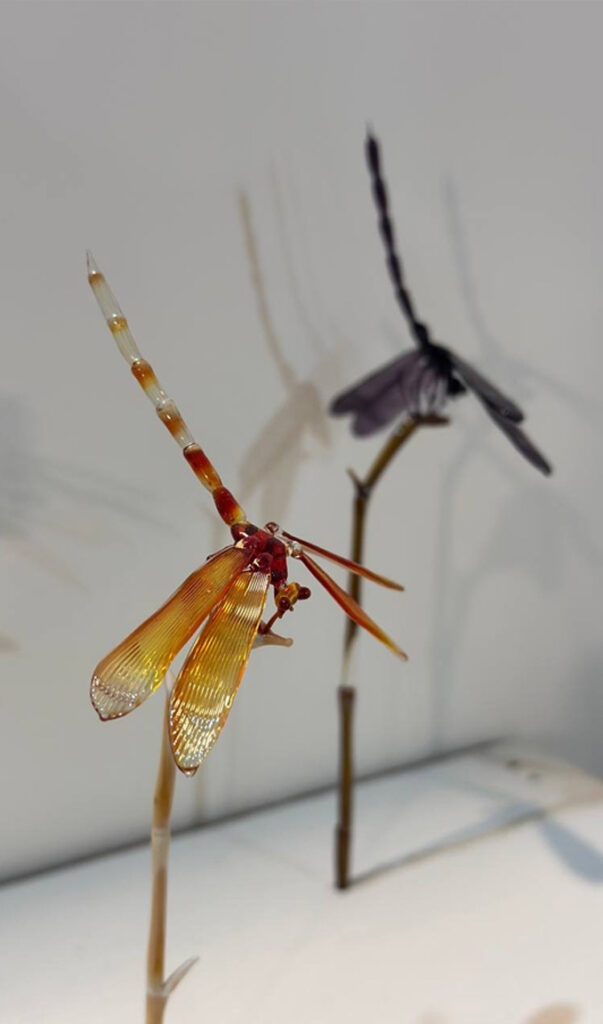
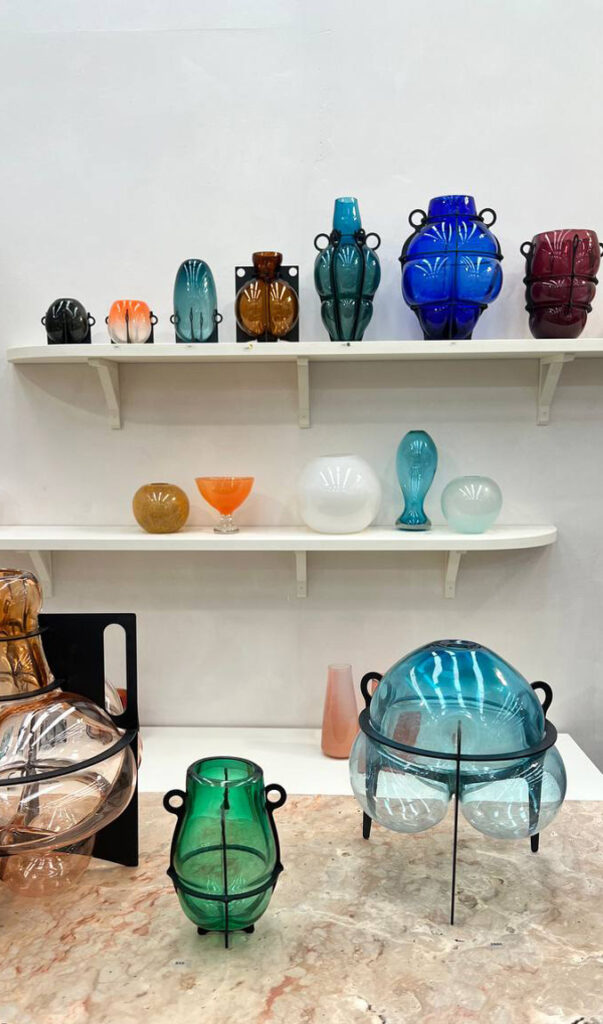
Useful resources and links on this topic for you:
https://catalog.freshpaint.co.il/en/artists-greenhouse/
https://www.photography40.com/
https://www.natalissahary.com/
On the cover – artworks of Daria Konshtik
Contacts:
Instargram Masha Malakh: https://www.instagram.com/malah_ma/
